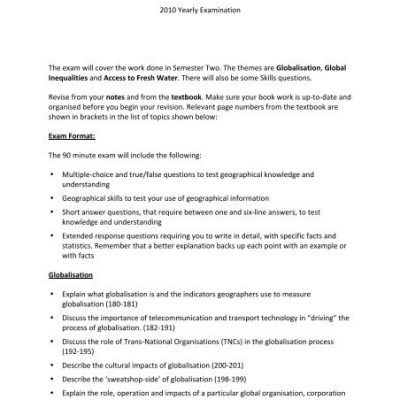Share this:
Introduction
- Health is the state of the body in which all the organs and systems are normal and functioning normally.
- Disease is any deviation from the normal health of the animal.
Importance of Keeping Livestock Healthy:
- Healthy animals give high income due to low treatment costs.
- The productive life span of a healthy animal is longer.
- High production.
- Healthy animals can multiply regularly.
- Healthy animals give high quality products for example eggs.
- Safety of consumers of livestock products.
Predisposing Factors to Livestock Diseases
- These are conditions within or around the animal that make it easy for an animal to contract a disease.
They include:
- Animal factors such as;
- species,
- breed,
- age,
- sex
- colour of the animal.
- Environmental factors such as;
- chilling,
- being rained on,
- exposure to hot sun
- dampness.
- Management factors such as;
- poor feeding,
- housing,
- handling
- hygiene,
- overcrowding .
Signs of ILL-Health in Livestock
- Abnormal behaviour for example separation from the rest of the herd and restlessness.
- Abnormal posture for example limping and lameness.
- Alimentary canal disfunction
such as blood stained faeces and abnormal defecation, diarrhoea and dysentery. - Urination:
high frequency or too low and having strange colour. - Skin: rough with scaly skin, blisters on the skin and hair loss.
Causes of Diseases
- Pathogenic causes
- viruses,
- rickettsia,
- bacteria,
- protozoa
- fungi.
- Physical causes;
- fractures,
- dislocation,
- sprains .
- Nutritional disorders for example milk fever.
- Chemical causes for example poisoning by agrochemicals.
Categories of Diseases
- Notifiable diseases
- These are diseases which cause high economic losses.
- Any case should be reported to the Chiefs, D.O.s, veterinary officers or the police.
- Tick-borne diseases – Transmitted by ticks.
- Breeding diseases – Transmitted through mating.
- Nutritional diseases for example milk fever and bloat.
- Parasitic diseases for example ascariosis.
General Methods of Disease Control
- Quarantine.
- Vaccination.
- Control of vectors by use of acaricides and rotational grazing.
- Disinfecting the equipment and buildings.
- Use of preventive drugs.
- Proper feeding of livestock.
- Culling of the animals which are carriers/slaughtering the affected animals.
- Use of artificial insemination to control breeding diseases.
- Proper selection and breeding of animals.
- Proper housing and hygiene,
- Isolating sick animals.
Appropriate Methods of Handling Livestock
Animals are handled for the following reasons:
- When inspecting the animal to ascertain any abnormality or signs of diseases.
- When administering any form of treatment such as drenching, injection and mastitis control.
- When spraying or hand dressing the animal with chemicals to control external parasites.
- When milking the animal.
- When performing some of the management practices such as dehorning, disbudding, castration, hoof trimming .
When carrying out these activities animals should be restrained in a crush.
Other methods of restraining animals include the use of;
- halters,
- ropes,
- bull ring
- lead stick.





